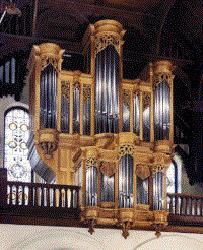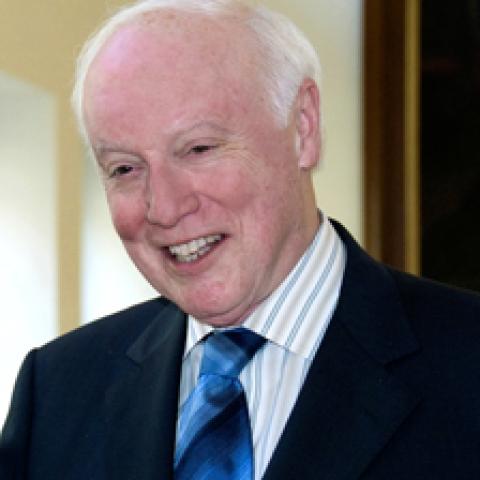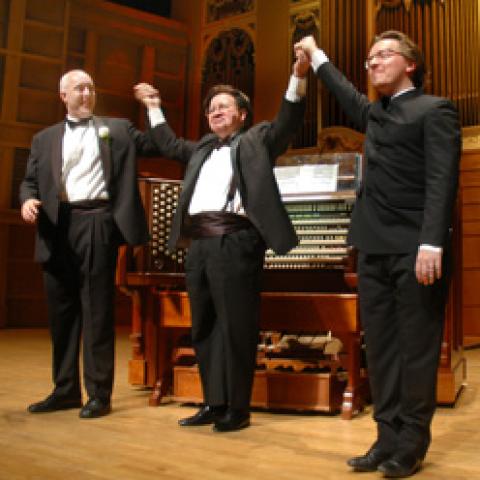
McGill University presents a concert in honor of Hellmuth Wolff (1937–2013), builder of the McGill University Organ.
Performers include Mireille Lagacé, Geneviève Soly, Mélisande McNabney, John Grew, William Porter, Hans-Ola Ericsson, and Hank Knox, playing works by Mozart, Bach, Nicolas de Grigny, and others.
Sunday, January 19, 3:00 pm in Redpath Hall.
For information: Schulich School of Music, 555 Sherbrooke Street West, Montreal, Qc H3A 1E3, Canada.




